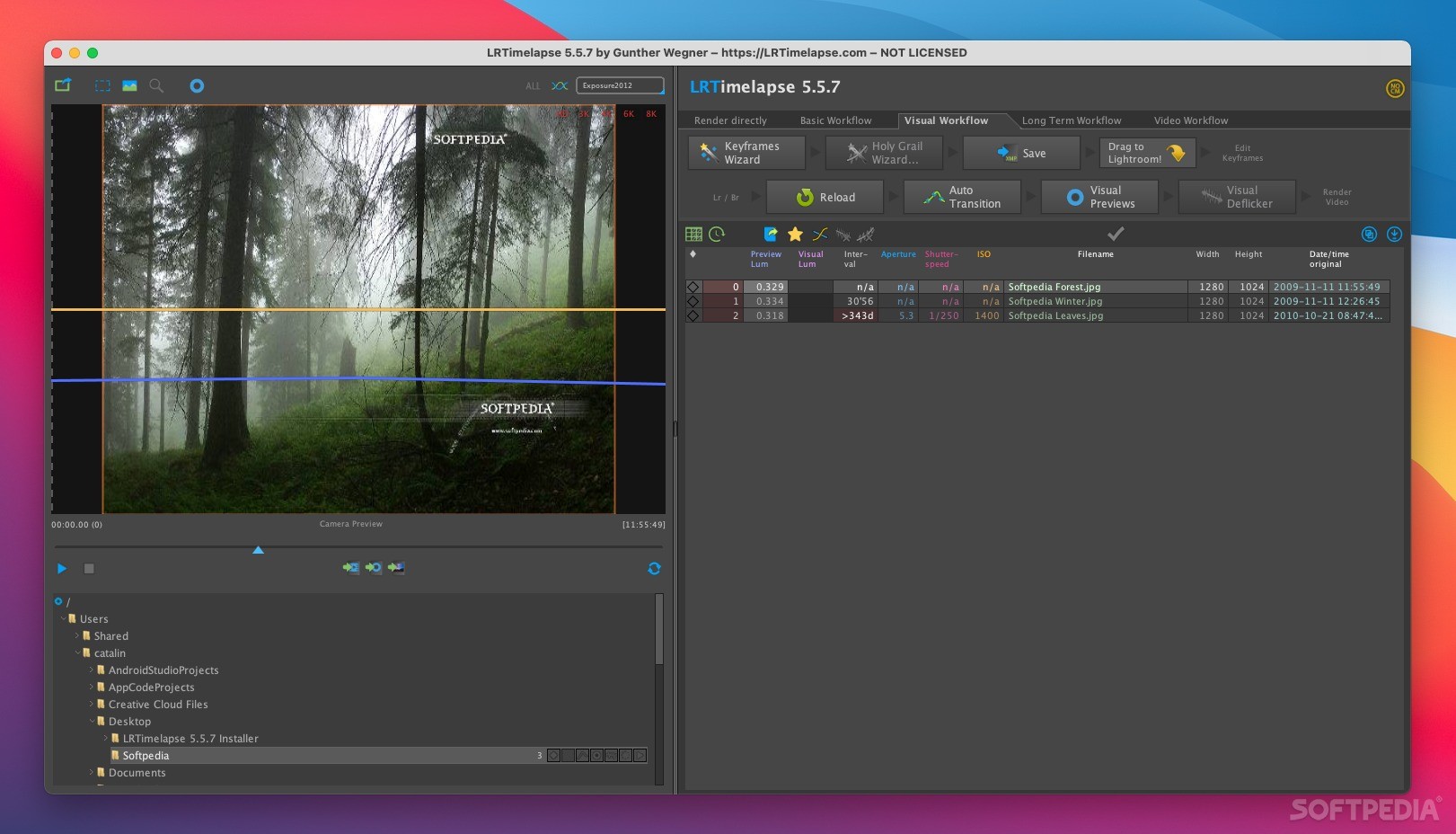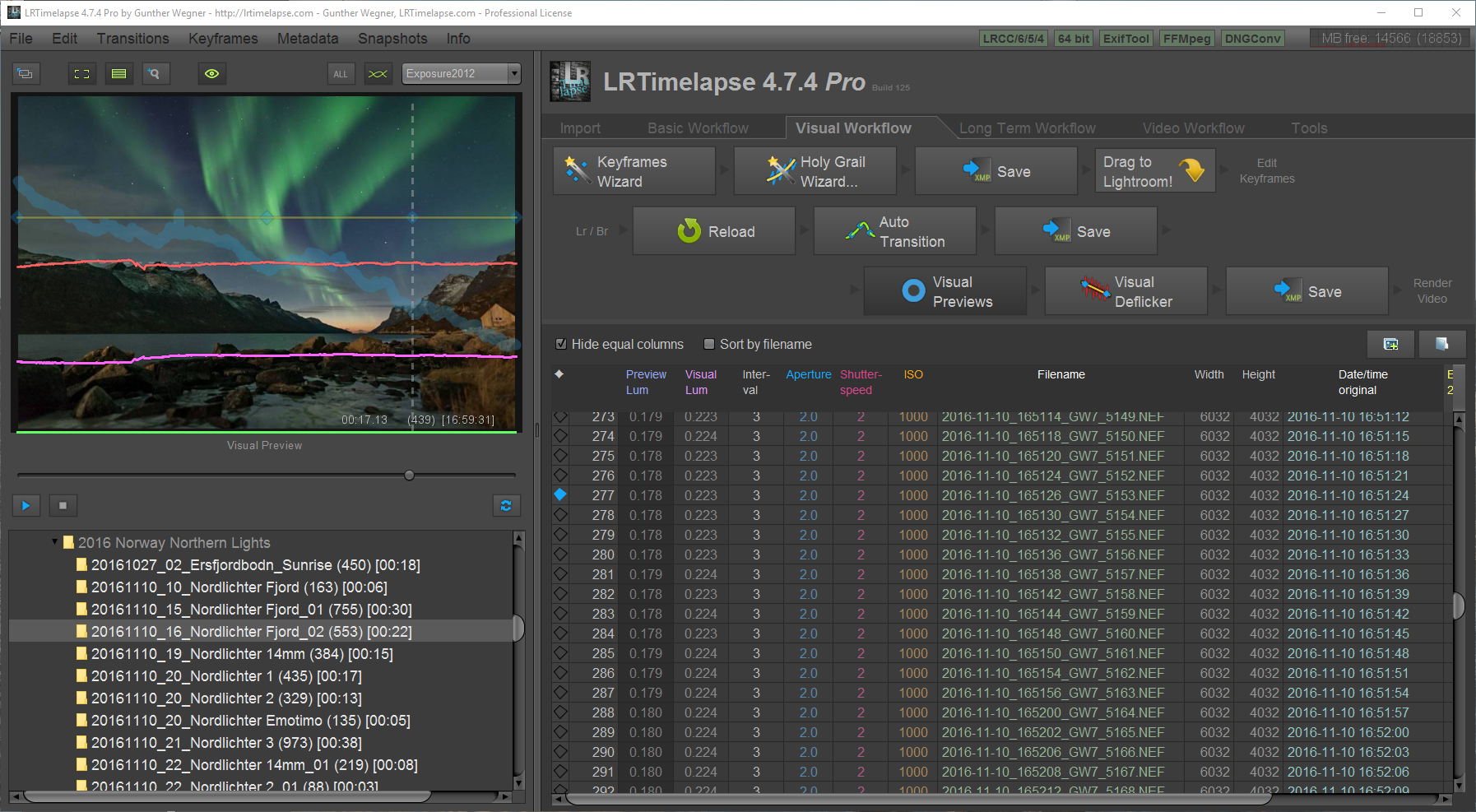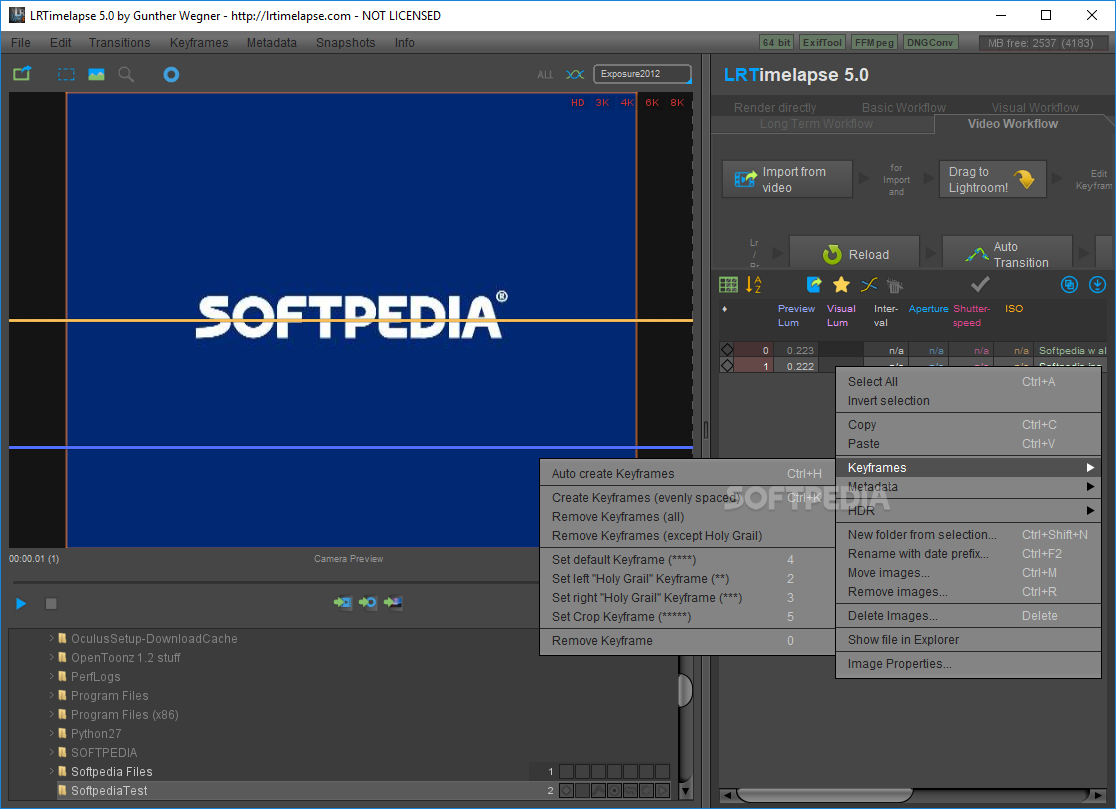

If you are adamant about avoiding subscription software, then a combination of DxO PhotoLab and Affinity Photo can work well, providing great image quality, and serving to replace both Lightroom and Photoshop. But it is a poor choice for developing raw images. Affinity Photo works well as a Photoshop replacement, and at a low one-time cost.ON1 Photo RAW had its flaws as well, but can serve as a single-program replacement for both Lightroom and Photoshop.

ACDSee Photo Studio, Exposure X7,and Luminar Neo produced good results, but all had flaws.The Adobe alternatives that provided the best raw image quality in my test nightscapes were Capture One and DxO PhotoLab.Though, as I’ve discovered, AI processing can ruin astrophotos if not applied carefully. Adobe Camera Raw (or its equivalent in Adobe Lightroom) still produces superb results, lacking only the latest in AI noise reduction, sharpening and special effects.Here’s a summary of my recommendations, with the evidence for my conclusions presented at length (!) in the sections that follow:
#OPEN A PREVIOUS LRTIMELAPSE PROJECT SOFTWARE#
Instead, the orthodox workflow is to stack and align undeveloped raw files with specialized “calibration” software such as DeepSkyStacker or PixInsight that outputs 16-bit or 32-bit TIFFs, bypassing any chance to work with the raw files. The reason - most deep-sky astrophotographers never use a raw developer anyway. NOTE: I did not test the programs with telescope images of nebulas or galaxies.
#OPEN A PREVIOUS LRTIMELAPSE PROJECT MOVIE#
I also looked at features for preparing and exporting a large batch of images to assemble into time-lapse movies, though the actual movie creation usually requires specialized software. I tested all the programs strictly for the purpose of processing, or “developing” raw files, using nightscape images as the tests. In addition to Adobe Camera Raw (represented by the Adobe Bridge icon), I tested, in alphabetical order, and from left to right in the icons above: I tested only programs that are offered for both MacOS and Windows, with identical or nearly identical features for both platforms. I tested them primarily on sample nightscape images described below. To find out, I compared eight programs, pitting them against what I still consider the standard for image quality when developing raw files, Adobe Camera Raw (the Develop module in Adobe Lightroom is essentially identical). How well do the latest versions of those programs compare now for astrophotography? And what new software choices do we have as we head into 2023? But 2017 was ages ago in the lifetime of software. You can find that earlier survey here on my blog. Patience!Īs a background, in December 2017 I tested ten contenders vying to be alternatives to Adobe’s suite of software.

The review is illustrated with 50 high-resolution, downloadable images which will take a while to load. Warning! This is a long and technical blog, but for those interested in picking the best software, I think you’ll find it the most comprehensive test of programs for processing nightscapes. I test nine programs for processing raw files for the demands of nightscape astrophotography.


 0 kommentar(er)
0 kommentar(er)
